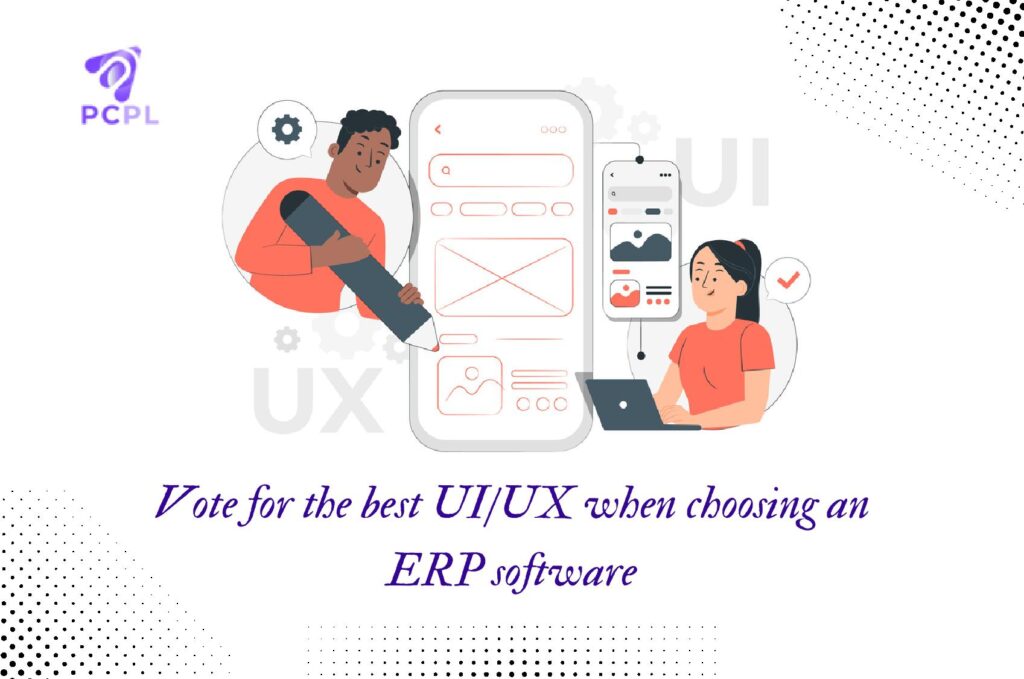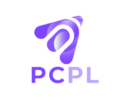
The Importance of User Experience in ERP Software Design
Enterprise Resource Planning (ERP) software has revolutionized the way businesses operate by integrating and streamlining various departments and processes. However, even the most powerful and feature-rich ERP system can fall short if it fails to provide a positive user experience (UX). In today’s competitive business landscape, user-centric design has become paramount, and ERP software is no exception.
Over the past decade, User Experience (UX) in ERP Software Development has gained increasing significance in the realm of software development and has emerged as a critical factor for achieving success. However, creating a good user experience can present challenges, especially in cases where the product is highly complex or caters to a diverse target market, as often seen with Enterprise Resource Planning (ERP) systems.
UX is defined as the sum of a person’s perceptions and responses resulting from using or anticipating a product, system, or service. It goes beyond traditional usability, encompassing indulgent qualities, aesthetics, ease of use, and task efficiency. Within the Human-Computer Interaction community, involving users or conducting user research in the design process is widely regarded as essential to achieving a superior user experience.
Significance of user experience in ERP software design
Enhancing User Adoption:
One of the primary challenges businesses face when implementing an ERP system is user adoption. Employees often resist change and find it difficult to adapt to new technologies. However, a well-designed user interface and intuitive workflows can significantly improve user adoption rates. By focusing on user experience, ERP software developers can create interfaces that are visually appealing, easy to navigate, and require minimal training. This enables employees to quickly grasp the system’s functionalities, reducing resistance and fostering a positive attitude towards the software.
Streamlining Workflows:
ERP software encompasses a wide range of functions, from inventory management to financial accounting, supply chain management, and customer relationship management. Designing an ERP system with a strong emphasis on user experience allows for the creation of streamlined workflows that align with users’ natural processes and tasks. Intuitive navigation, logical information architecture, and contextual cues can guide users through complex processes, reducing the learning curve and increasing efficiency. By eliminating unnecessary steps and automating routine tasks, ERP software with an excellent user experience enables employees to focus on high-value activities, ultimately boosting productivity.
Reducing Errors and Increasing Accuracy:
User-friendly interfaces play a crucial role in reducing errors and improving data accuracy in ERP systems. Complex data entry tasks and convoluted processes can easily lead to mistakes if the software lacks clarity and intuitive design. Conversely, an ERP system with a well-crafted user experience can guide users, provide clear instructions, and highlight potential errors or inconsistencies in real-time. By incorporating validation checks, data integrity controls, and user-friendly error handling mechanisms, ERP software can minimize errors, enhance data accuracy, and promote confidence in the system’s outputs.
Empowering Decision-Making:
Increasing User Satisfaction and Engagement:
User Experience and ERP Performance
User Experience (UX) has a profound impact on the performance of Enterprise Resource Planning (ERP) systems. A well-designed and intuitive UX can greatly enhance the efficiency and effectiveness of ERP software. When users are able to navigate the system easily, understand the workflows, and access the necessary information without friction, it leads to increased productivity. Intuitive interfaces and streamlined processes reduce the learning curve and minimize the time spent on training, enabling users to quickly adapt to the ERP system.
Furthermore, a positive UX reduces the likelihood of errors, as users can confidently interact with the software and make accurate data entries. By prioritizing UX, ERP systems can empower users, facilitate informed decision-making, and ultimately improve the overall performance and success of the organization.
User-Experience- Not just a nice-to-have feature but a fundamental necessity
Choosing a professional company for the ERP Software Development is crucial for ensuring the best results. PCPL has the expertise and experience necessary to create a user-centric design that meets the unique needs of your business. The team has a deep understanding of UX principles and methodologies and can apply them effectively to create intuitive and visually appealing interfaces.
PCPL also has access to a talented team of designers, developers, and UX specialists who work collaboratively to deliver high-quality results. Their systematic approach includes conducting user research, creating wireframes and prototypes, and conducting usability testing to validate the design. By partnering with us, you can leverage the team’s skills, knowledge, and resources to create an ERP UI/UX that maximizes user satisfaction, productivity, and the overall success of your ERP implementation.
